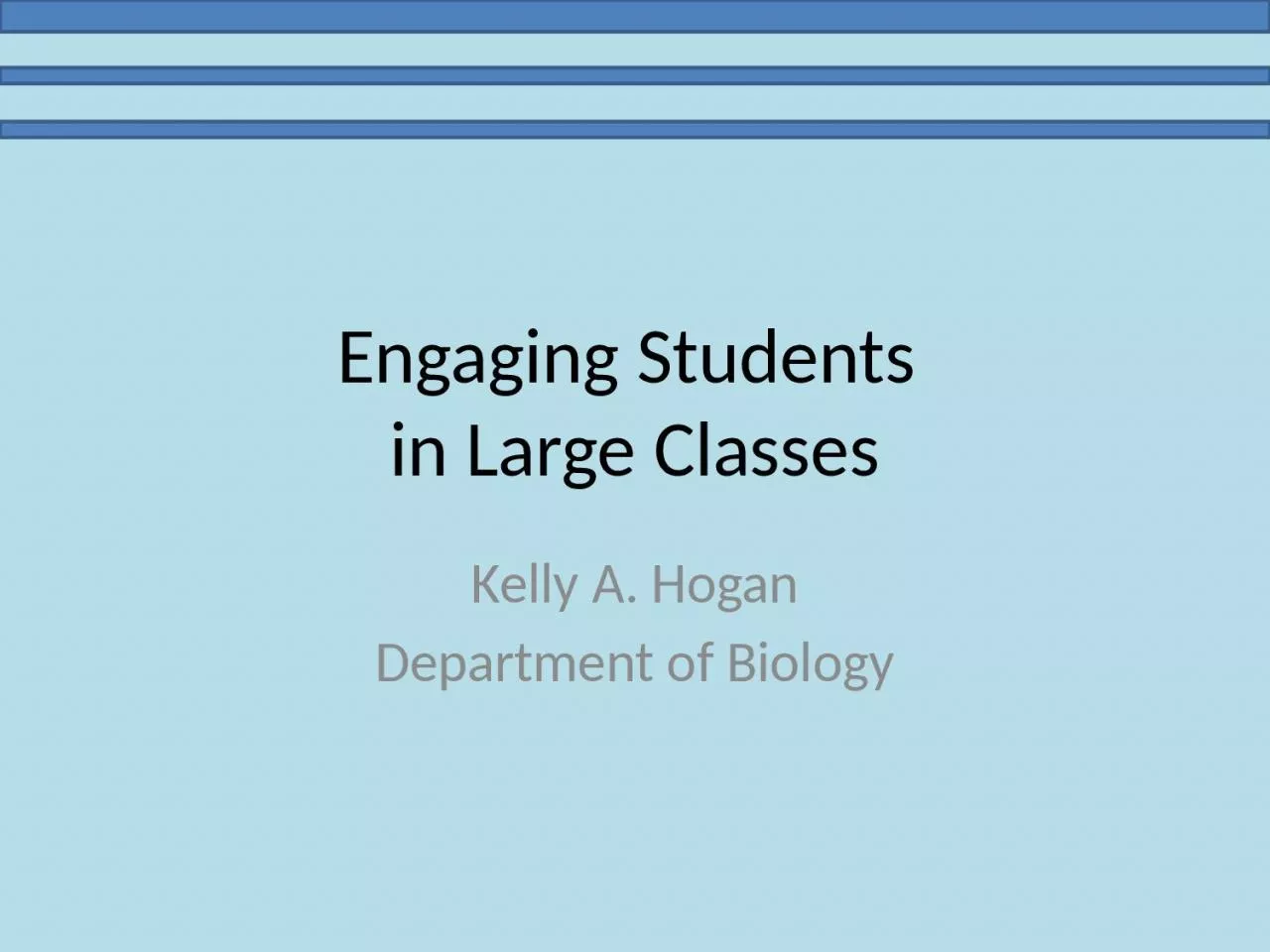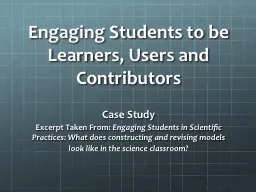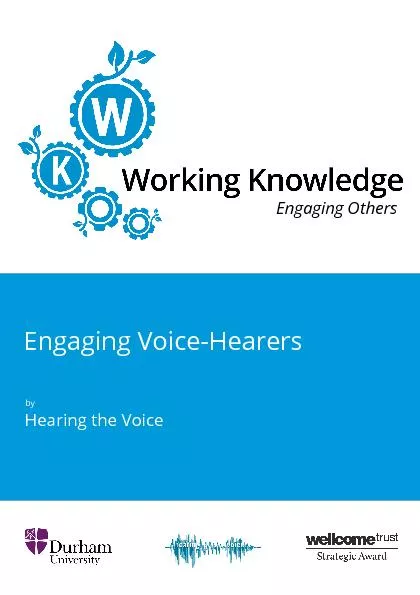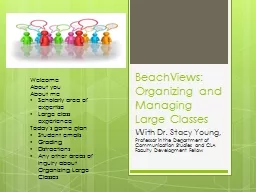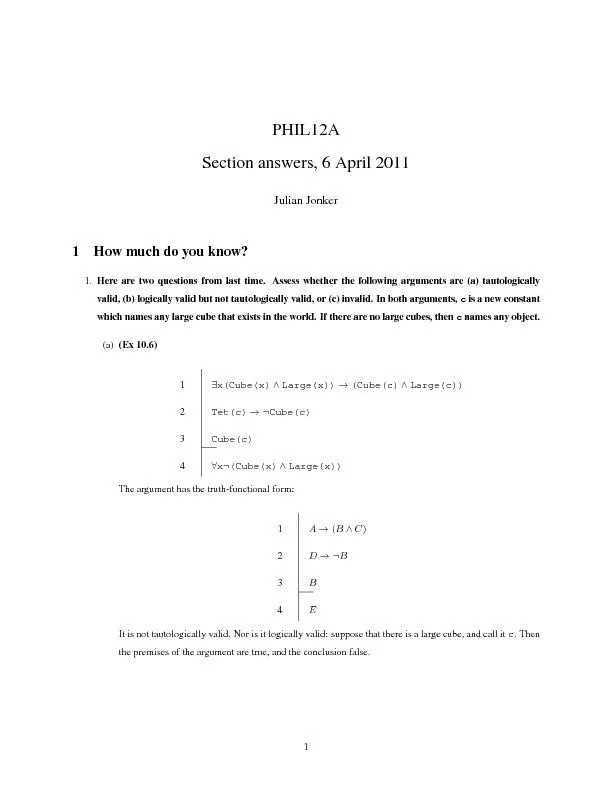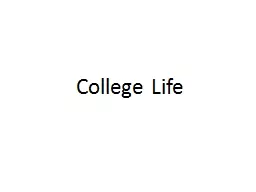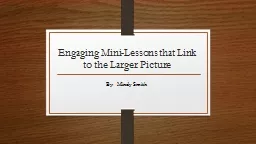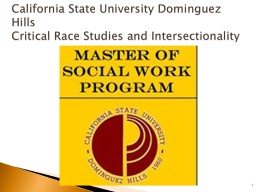PPT-Engaging Students in Large Classes
Author : ximena | Published Date : 2024-02-03
Kelly A Hogan Department of Biology Overheard on a professor rating site She is very nice and her notes are in outline form and very organized You dont even need
Presentation Embed Code
Download Presentation
Download Presentation The PPT/PDF document "Engaging Students in Large Classes" is the property of its rightful owner. Permission is granted to download and print the materials on this website for personal, non-commercial use only, and to display it on your personal computer provided you do not modify the materials and that you retain all copyright notices contained in the materials. By downloading content from our website, you accept the terms of this agreement.
Engaging Students in Large Classes: Transcript
Download Rules Of Document
"Engaging Students in Large Classes"The content belongs to its owner. You may download and print it for personal use, without modification, and keep all copyright notices. By downloading, you agree to these terms.
Related Documents

